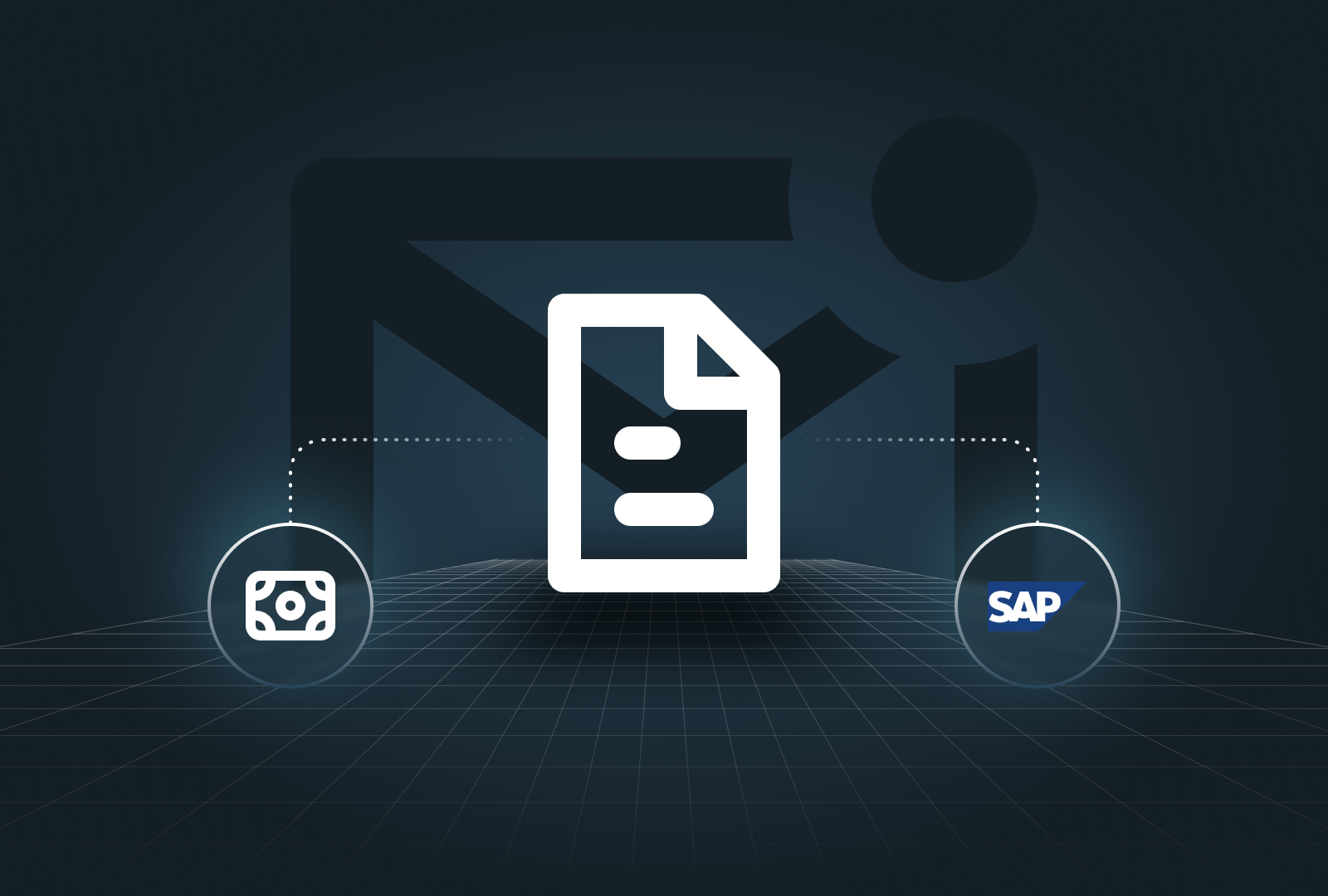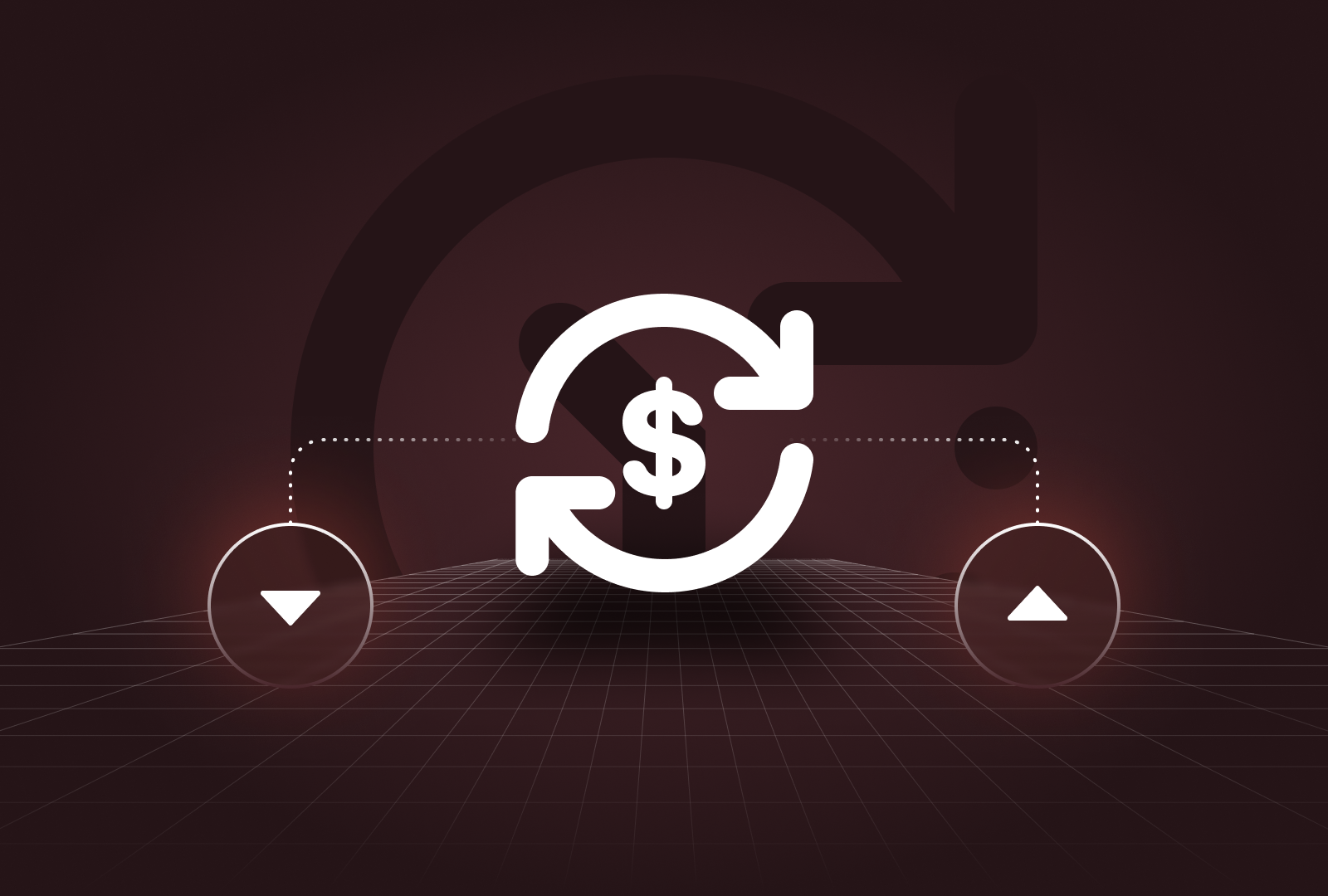Any company wanting to streamline its purchase processes or optimize its supply chain management can hardly achieve that without using some type of procurement software. Thanks to modern technology, procurement tasks such as purchase order creation, supplier management, and spend analysis can now be automated easily. Automation, in turn, helps companies reduce costs, increase efficiency, and strengthen their supplier relationships. Here, we'll cover features, benefits, and trends related to procurement software — a solution that continues to transform the way businesses deal with their procurement operations.
What Is Procurement Software?
Definition and Core Function
Procurement software is a digital solution that helps companies automate and manage aspects of their procurement processes. In other words, it systemizes and cuts down tasks like sourcing, purchasing, and supplier management. By centralizing purchasing workflows, procurement software offers companies simpler and quicker techniques for managing goods and services procurements, ultimately resulting in improved efficiency and transparency across all procurement levels.
Key Features of Modern Procurement Software
Supplier Management
Nowadays companies can easily centralize all data about their suppliers in one place — whether this includes tracking supplier performance, managing contracts, or ensuring compliance with agreed terms. This centralization offers procurement teams better visibility into supplier relationships. This, in turn, can result in stronger collaborations and improved supplier performance.
Procure-to-Pay functionality
The procure-to-pay (P2P) is a term that refers to the entire procurement cycle — from the initial requisitions to the final payments. P2P functionality, available in modern procurement solutions, will automate these processes and ensure smooth-running and time-saving workflows. As a result, automation will reduce manual errors, shorten procurement cycles, and warrant timely payments. Of course, all of this is beneficial for companies trying to strengthen supplier relationships as well.
Contract Management
Contract management features allow businesses to easily trace the complete lifecycle of their procurement contracts. The lifecycle consists of contract creation, approval, renewal, and compliance. Automated contract management will guarantee that deadlines won’t be missed and that all parties will adhere to contract terms. Obviously, this will then minimize the risk of disputes or penalties.
Spend Analysis
Spend analysis tools give companies detailed, in-depth insights into their procurement spending patterns. They also allow companies to quickly identify opportunities for cost savings. Additionally, they are useful in optimizing budgeting and making decisions — based on centralized data — about sourcing and procurement strategies. Spend analysis basically reduces waste by singling out the areas of inefficient spending.
Purchase Order (PO) Management
The creation, approval, and tracking of purchase orders — all of this is automated by PO management. This feature guarantees that orders are processed efficiently, reducing errors and improving communication between departments in the process. Automated PO management will improve accuracy and warrant orders are fulfilled promptly, which, as a result, will reduce delays in the procurement process.
Inventory and Catalog Management
Inventory management features track stock levels, ensuring businesses always have the right amount of inventory available. The main goal of these features is to avoid overstocking and stockouts. Put another way, they improve supply chain flow and also reduce costs that can result from either excess or insufficient inventory. Catalog management features, on the other hand, will help in making purchase decisions based on approved suppliers and pre-negotiated terms.
AI Features in Modern Procurement Software
AI-Enhanced Supplier and Contract Management
By analyzing contract compliance, delivery times, and general efficiency, procurement software powered by artificial intelligence can automatically evaluate supplier performance. For example, an AI tool will help a procurement team to quickly identify underperforming suppliers and also suggest improvements in contract terms or supplier relationships. As the need for manual oversight has been reduced, this will improve general supplier management with less effort and time spent.
AI-Driven Spend Analysis and Inventory Management
Analytics tools powered by AI provide procurement teams with real-time insights into procurement spending and stock levels. A good example of this is, for instance, Payflows' AI Financial Analyst solution, which unlocks insights into a company's spending performance with simple natural language queries. This data then allows procurement teams to predict demand, forecast spending trends, and optimize stock levels accordingly. By providing a base for making data-driven decisions, these tools help reduce waste and improve procurement performance.
Types of Procurement Software Solutions
Cloud-Based vs. On-Premise Solutions
Both cloud-based and on-premise procurement software solutions come with their share of advantages and disadvantages. Cloud-based procurement software offers flexibility, scalability, and ease of access. In practice, this means that companies can manage their procurement activities from anywhere — as long as they have an internet connection. Additionally, software updates are managed by the vendor. On the other hand, on-premise solutions offer greater control over data security and customization. However, they require internal IT support and are more expensive to maintain.
End-to-End vs. Modular Solutions
End-to-end solutions come with a complete suite of procurement functions. They cover everything — from supplier management to payments. These systems are suited to companies looking for fully integrated solutions. Modular solutions, on the other hand, offer more flexibility — in other words, companies can choose certain procurement features based on their needs. With modular solutions, companies, in short, can tailor their procurement software to their specific requirements.
Source-to-Pay (S2P) vs. Procure-to-Pay (P2P)
What is the main difference between S2P and P2P solutions? Well, S2P solutions cover the entire procurement process, including supplier sourcing, contract management, and payment processing, while P2P solutions focus in greater detail on the purchasing and payment aspects of procurement. In short, P2P solutions streamline the workflows from requisition to payment.
Key Benefits of Using Procurement Software
Cost Reduction and Spend Control
By optimizing purchasing decisions and exercising greater control over spending in general, procurement software offers companies the possibility of reducing costs. Since they provide visibility into procurement activities across the board, these systems also help businesses negotiate better terms with suppliers and eliminate unnecessary expenses.
Increased Efficiency and Productivity
Since procurement software automates manual tasks like invoice processing, purchase order creation, and approval workflows, a business's overall efficiency will increase once it is implemented. Automation of these tasks enables procurement teams to shift their focus to strategic, higher-value activities. Automation will significantly reduce the likelihood of errors as well.
Improved Compliance and Transparency
Procurement software assists companies in ensuring compliance — both with internal policies and external regulations. This is achieved by maintaining an accurate audit trail of procurement activities. High levels of transparency reduce the risk of non-compliance and also improve accountability across the company.
Enhanced Supplier Relationships and Collaboration
As a result of the centralization of supplier information and improved communication, procurement software can also help a business build and maintain better supplier relationships. Simply put, these tools help make the collaboration between businesses and suppliers more effective. Ultimately, this will lead to improved negotiation outcomes, better service levels, and more favorable terms in general.
Risk Mitigation and Better Decision-Making
When relying on procurement software and its real-time data and analytics, procurement teams can accurately evaluate risks related to suppliers, contracts, and compliance. This is crucial for mitigating risks before they impact the smoothness of the supply chain. Additionally, procurement software improves decision-making on procurement strategies through data-driven insights.
Future Trends in Procurement Software
The Rise of AI, Automation, and Predictive Analysis
The way companies manage their procurement processes is being transformed by the integration of AI and automation into procurement software. One of the most significant developments in this area has been the rise of predictive analytics, which helps companies forecast demand, optimize inventory, and anticipate future spending patterns.
Sustainability and ESG-Driven Procurement
When making procurement decisions, Environmental, Social, and Governance (ESG) criteria are becoming increasingly important. The emphasis is on sustainable procurement practices, which involve ensuring ethical sourcing and minimizing environmental impact. In this context, procurement software helps companies assess ESG metrics and ensure compliance with sustainability goals. This is not only responsible but also beneficial for businesses in various ways — companies that take ESG goals into account will, for example, attract new talent more effectively and anticipate new regulations more easily.
Real-Time Reporting, Data Analytics, and Insights
Another important recent development in the area has been the increased dependence on real-time reporting and data analytics. Companies are now provided with up-to-the-minute insights into their procurement activities. This enables businesses to quickly respond to market changes and make more informed procurement decisions.
Conclusion
Procurement software has become a critical tool for companies that want to improve efficiency, reduce costs, and strengthen supplier relationships. It has also become an indispensable tool in efforts to improve compliance and make more informed decisions. Additionally, by utilizing the capabilities of AI, automation, and real-time analytics, businesses are staying competitive and can easily adapt to the demands of modern procurement processes.
Payflows' Intake-to-Procure solution, for example, aligns with these trends of making procurement more efficient, collaborative, and data-driven. With features such as automated supplier onboarding, contract management, and real-time data insights, it offers businesses a comprehensive platform for managing the procurement cycle from start to finish.






.png)
.png)





.png)



